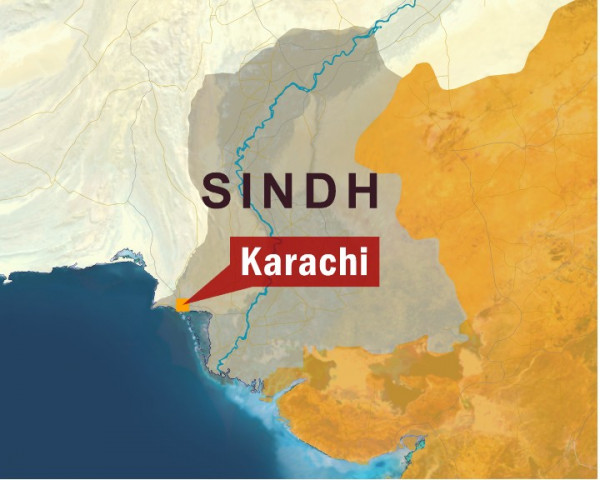From chasing the dragon to getting the monkey off your back

The study on HIV in three cities, including Karachi, was titled, ‘HIV and risk environment for injecting drug users: the past, present, and future’ and it appeared in the medical journal, The Lancet, on Saturday.
The researchers reviewed reports about factors determining the HIV infection in injecting drug users (IDUs) from 2000 to 2009 and slotted them by environmental influence.
In the 1980s and 1990s, national surveys in Pakistan suggested that the number of drug users increased yearly by 12 per cent, with most people who used drugs either inhaling or smoking heroin.
In the past 10 years, however, changes in drug trafficking and distribution precipitated changes in drug users. Drug addicts went from smoking heroin to injecting it.
HIV prevalence in Pakistan’s population of 91 million (15 to 49 years) is low at 0.1 per cent. However, HIV outbreaks in injecting drug users occurred in Larkana in mid-2003 and in Sargodha, where HIV prevalence in IDUs rose from nine per cent in 2005-06, to 51 per cent in 2007.
HIV prevalence was 23 per cent in Karachi in 2003, 19.6 per cent in Sukkur and 18.3 per cent in Hyderabad. As in other cities, most IDUs in Karachi are male. Two to three per cent of female sex workers inject drugs and 20 to 25 per cent of these workers report having intimate relations with IDUs. About half of male IDUs in Karachi are married, 47 per cent reported having relations with female sex workers, and nine to 14 per cent reported having relations with a male sex worker or transsexual in the past month - two-thirds never use protection.
There is a tendency for IDUs to use professional injectors (hit doctors), inject together in groups with common syringes (79.5 per cent of all injection drug users), and mix their blood with drug preparations before passing it on to get a better high. In the previous year, 16 per cent of IDUs in Karachi reported visiting other cities in Pakistan, and 28 per cent reported selling their blood.
Needle and syringe programmes are present in Karachi and in many major cities in Pakistan, some of which provide mobile services, but coverage is grossly insufficient. Detoxification and residential rehabilitation are the predominant ways people are treated. Although buprenorphine maintenance therapy has been piloted in a few cities, opioid substitution remains unavailable.
In substitution therapy, a drug addict is given a prescribed daily dosage of opioid medicines to wean them off the actual drug. Today, doctors use methadone and buprenorphine, with morphine and heroin being prescribed less often.
They estimated that if the government and health authorities could cut down the number of people who switch from smoking or inhaling drugs to injecting them, they could avert a 98 per cent increase in HIV infections in the city.
In 2009, less than one per cent of IDUs with HIV infection were receiving antiretroviral therapy.
Non-injecting drug users might increasingly transition to injecting in the coming years, and, because of the large numbers of these people in Karachi, the spread of the epidemic could accelerate. If 10 per cent of non-injecting drug users started injecting in 2010, the number of new HIV infections could increase by 82 per cent by 2015 (4,000 extra infections) compared with the most conservative scenario that assumes no transitions.
In Pakistan, changes in drug trafficking routes that change the availability, purity, or price of heroin can make more drug users switch to injecting, as was reported after the terrorist attacks of Sept 11, 2001.
Because of the virtual absence of opioid substitution in Pakistan, implementation and scale-up of this therapy could have a substantial effect on reduction of shared syringe use by lessening of the frequency of injections or the number of active IDUs.
If 60 per cent of IDUs in Karachi were to be given opioid substitution, the number of new HIV infections could drop by 28 per cent in 2010-15.
Coverage of antiretroviral therapy for IDUs is less than one per cent but if improved could avert almost half of HIV infections in Karachi.
Published in The Express Tribune, July 26th, 2010.



















COMMENTS
Comments are moderated and generally will be posted if they are on-topic and not abusive.
For more information, please see our Comments FAQ